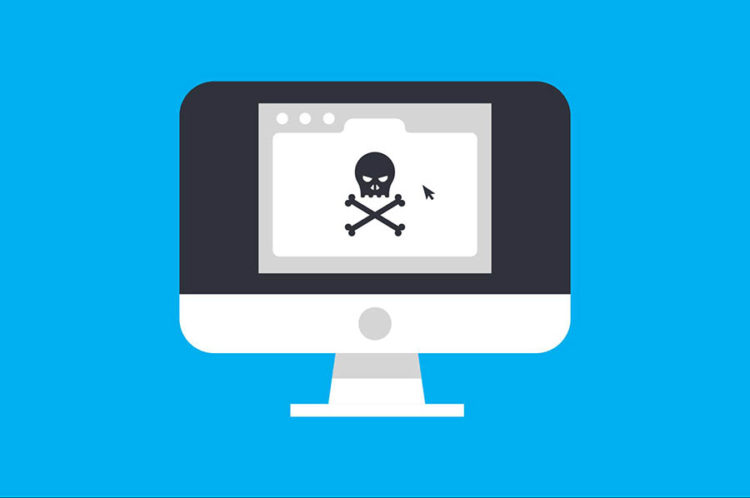
The dreaded WordPress White Screen of Death (WSOD) can leave you scratching your head and wondering where to start. This guide breaks down the common causes of WSOD and offers practical, easy-to-follow solutions to restore your website’s functionality.
If you’re a WordPress user, you’ve probably encountered the infamous “White Screen of Death” (WSOD) at least once. It’s an incredibly frustrating issue that leaves you staring at a blank page, unsure of what went wrong or how to fix it. But don’t worry, you’re not alone, and the issue is typically easier to resolve than it seems.
In this article, we’ll walk you through the possible causes of the WordPress White Screen of Death and provide a series of solutions to get your site back up and running in no time.
What is the WordPress White Screen of Death?
The White Screen of Death is exactly what it sounds like: a blank, white screen when you attempt to visit your WordPress website. Unlike other errors that give you a clear message, WSOD gives you no hints, making it tricky to diagnose.
Common Causes of the White Screen of Death
Several factors could be at the root of the WSOD. Here are the most common:
- Plugin or Theme Conflicts: Sometimes, a newly installed or outdated plugin/theme can cause compatibility issues.
- PHP Memory Limits: WordPress requires a certain amount of server resources. If the memory limit is exceeded, it may result in a blank page.
- Corrupted .htaccess File: A corrupted .htaccess file can disrupt the way WordPress runs, leading to the WSOD.
- Errors in Code: If you’ve recently edited your theme or plugin files, coding errors can cause the screen to go white.
- Server-Side Issues: Hosting issues or updates to PHP can also cause problems with WordPress.
Step-by-Step Guide to Fix the White Screen of Death
1. Enable Debugging Mode in WordPress
Before diving into other solutions, enabling WordPress debugging can provide valuable error logs that pinpoint the exact cause. Here’s how to do it:
- Open your
wp-config.phpfile. - Add the following line of code above the
/* That's all, stop editing! Happy blogging. */line:
define('WP_DEBUG', true);
define('WP_DEBUG_LOG', true);
define('WP_DEBUG_DISPLAY', false);- Save the file and refresh your website. The errors will now be logged in the
wp-content/debug.logfile, which you can review to understand the cause.
2. Deactivate All Plugins
A plugin conflict is one of the most common causes of WSOD. To troubleshoot:
- Access your website’s files via FTP or cPanel File Manager.
- Navigate to the
wp-contentfolder. - Rename the
pluginsfolder to something likeplugins_oldto deactivate all plugins. - Try loading your website again. If it loads, one of the plugins is likely the culprit.
- Rename the folder back to
pluginsand reactivate each plugin one by one to identify the problematic one.
3. Switch to a Default WordPress Theme
Sometimes, the issue may lie with your current theme. To rule this out:
- Access your WordPress dashboard (if possible) or use FTP.
- Go to
wp-content/themesand rename your active theme’s folder. - WordPress will automatically switch to a default theme like Twenty Twenty-Three.
- Refresh your website. If the issue is resolved, it’s likely that your original theme is causing the WSOD.
4. Increase PHP Memory Limit
A lack of server resources can lead to the WSOD. To fix this:
- Open your
wp-config.phpfile. - Add the following line:
define('WP_MEMORY_LIMIT', '256M');This increases the PHP memory limit to 256MB, which should be enough for most websites.
5. Fix the .htaccess File
A corrupt .htaccess file can prevent WordPress from functioning correctly. Here’s how to regenerate it:
- Access your website’s files and locate the
.htaccessfile. - Rename it to
.htaccess_old. - Try loading your website again. If it works, you need to regenerate the
.htaccessfile. - Go to your WordPress dashboard, then navigate to Settings > Permalinks and click Save Changes. This will create a new
.htaccessfile.
6. Check for Code Errors
If you’ve recently made custom changes to your theme or plugins, there could be a syntax error or bug causing the WSOD. Double-check the code you’ve modified, especially in the functions.php file. Revert any recent changes to see if that resolves the issue.

Comments (1)